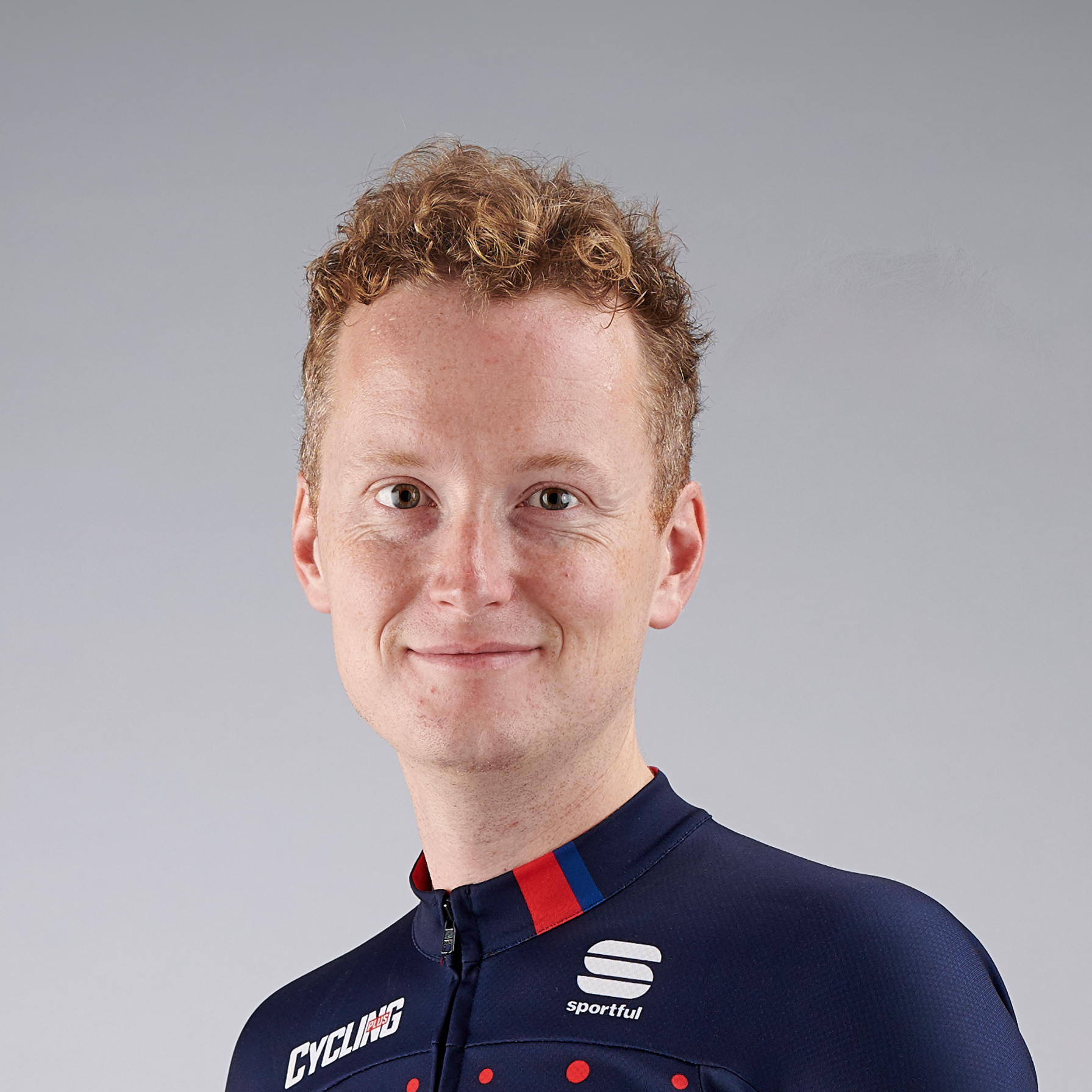The 2025 Tour de France kicks off with a relatively flat stage through the Northern French heartlands, beginning and ending in Lille.
The route loops to the west of Lille though, rather than taking in any of the cobbled roads to the east of the city that feature in Paris-Roubaix in April.
Although the Tour has routed the riders over the Roubaix cobbles in previous editions, that's been later in the race. It would perhaps be a little unfair to subject the riders to the infamous cobbles before they've even got going.
Stage 1: Lille > Lille
- Date: 5 July
- Distance: 184.9km
- Elevation gain: 1,150m
- Stage type: Flat

Route profile

Route map

Two world wars aside, the four years (and three editions) since France last hosted the Grand Départ of the Tour de France is the longest period in the race’s 122-year history.
In 2025, the start returns to home soil and the city of Lille plays host, with three-and-a-bit stages travelling through the Nord department and wider Hauts-de-France region.
If you’ve ever taken Eurostar or the autoroute from Calais towards Lille, you’ll know that the Northern French terrain is pan-flat.
However, if you've looked to your left, you'll maybe have noticed two hills jutting out of the plain. The Tour de France route manages to pack both in on the way to Lille. They’re pretty steep too and the climbs of Cassel include some cobbles. Could they be enough to shake out the pure sprinters?
Those are the only cobbles the peloton will see, despite the parcours of Paris-Roubaix passing close to the east of Lille.
The threat of crosswinds is the only other thing that’ll prevent a huge bunch sprint and one of the fast men putting on the first maillot jaune of the race.
A long, wide boulevard, running a full kilometre, to finish is the perfect terrain for what’s always a nervous peloton this early in the race.
“Alexander Kristoff was the last pure sprinter to pull on the yellow jersey following the first stage, during the 2020 Grand Départ in Nice,” says Tour de France director Christian Prudhomme.
“A successor to the Norwegian should emerge in Lille after a loop that’ll take the peloton into the Pas-de-Calais region initially.
“Once back in the department of Nord, the sprinters’ teams are likely to offer little opportunity to the breakaway riders, who’ll have to focus on the contest for the polka-dot jersey on the climbs of Cassel at 106km and Mont Noir at 139.7km.
“The sprinters will take centre stage on the final straight below the Citadel.”
What to see, eat and drink in Lille

The Flemish influence is seen in the Lillois architecture, with Lille boasting many buildings that wouldn’t look out of place in Belgium, including the town hall and the Vieille Bourse.
The Flemish theme continues into the food and drink, with beer rather than wine being the favoured tipple and no fewer than 36 breweries and microbreweries in the Lille metropolitan area, according to the local tourist office.

Beer makes it into the food too, with local speciality carbonnade flamande (Flemish stew) incorporating dark beer along with beef, mustard, brown sugar and mustard, flavoured with thyme. You can continue the Flemish theme with waffles for dessert, although in Lille they’re flatter than the Belgian variety.
Lille is also the home of Decathlon, which is housed in a massive building with a store area the size of 12 football pitches, alongside its development 'labs'. It used to be a cigarette factory – an ironic reversal of use. The name of its Van Rysel bike brand is Flemish for 'From Lille'.




